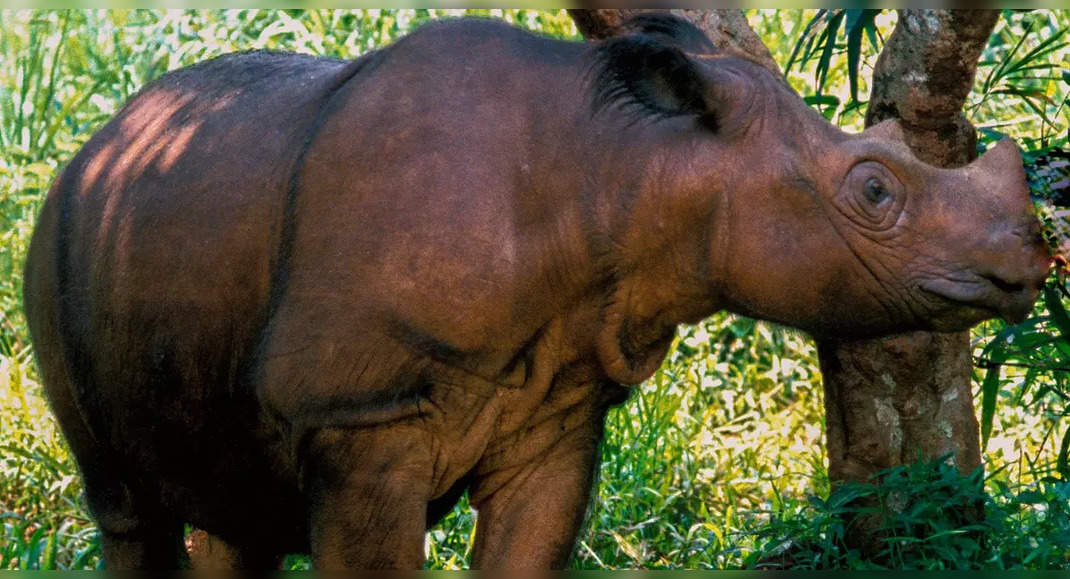The Sumatran rhinoceros stands as one of the world’s most critically endangered animals. With their current population standing at less than 50 individuals, the Sumatran rhino faces imminent extinction. But here comes the ray of hope, all 25 kg of it.
In a significant conservation milestone, a Sumatran rhino calf was born in Indonesia’s western island of Sumatra. This calf is the second Sumatran rhino born in Indonesia in 2023. With their population on the brink of extinction, this new birth is a tremendous development, a positive addition to the remaining individuals.
The new male Sumatran rhino calf was born to Delilah, a seven-year-old female, at the Way Kambas National Park in Lampung province in Sumatra. The father is a Sumatran rhino named Harapan, who was born in the Cincinnati Zoo in the US in 2006. Harapan is the last Sumatran rhino to be repatriated to Indonesia. This means, at present, the entire population of this species is located within Indonesia. Talk about rare!
Also read: AI reimagines world’s greatest forests & species
One wonders, how did the Sumatran rhino reach the state of Critically Endangered? Well, habitat loss and poaching for their prized horns are the two main reasons. Once abundant in the wild, now they are less than 50, and that’s their global count.
Also read: Only in India: Wildlife species endemic to the country
The recent birth of the calf speaks tremendously of the Indonesian government and the scientific community’s commitment to rhino conservation. It is a testament to successful breeding efforts at the rhino sanctuary. Also worth celebrating is the fact that this was Delilah’s first successful delivery.
The life expectancy of a Sumatran rhino is around 35 to 40 years. Also, an adult female rhino gives birth to one calf every three to four years. Looking at this number, one can see the uphill battle for survival. One can only hope that the number grows from here on.
